The Director of the FAO's Agriculture and Fisheries Department, Manuel Barange, said it was a "positive result" that fishery production continued to increase without affecting the marine environment.

In a recently released report, the Food and Agriculture Organization of the United Nations (FAO) said that global fishing and aquaculture production has increased to a record level and for the first time exceeded capture fisheries production.
The report titled “The State of World Fisheries and Aquaculture (SOFIA) 2024 Edition” shows that global fisheries and aquaculture production in 2022 reached 223.2 million tons, up 4.4% compared to 2020. Accordingly, for the first time, aquaculture production surpassed capture fisheries production, becoming the main source of aquatic animal products in 2022.
The Director of the FAO's Agriculture and Fisheries Department, Manuel Barange, said it was a "positive result" that fishery production continued to increase without affecting the marine environment.
He explained that this is because marine fisheries production currently accounts for less than 40% of total marine fisheries production in general.
According to the FAO report, 10 countries - including Vietnam, China, Indonesia, India, Bangladesh, Philippines, South Korea, Norway, Egypt and Chile - account for more than 89.8% of total aquaculture production.
Global aquatic animal food consumption reached 162.5 million tons in 2021, while global annual per capita consumption increased from 9.1 kg in 1961 to 20.7 kg in 2022. As a source of high-quality protein, aquatic foods provided at least 20% of animal protein for 3.2 billion people in 2021.
As a result, aquaculture has become a “powerful tool” to fight poverty and promote sustainable use of natural resources, Mr. Barange asserted. However, despite the surge in aquaculture production, capture fisheries remain the essential source of aquatic animal production.
According to FAO, aquatic animal production is expected to increase by 10% by 2032, reaching 205 million tonnes, thanks to the expansion of aquaculture areas and the restoration of capture fisheries.
The SOFIA report provides a comprehensive analysis of global fisheries resources and seafood trade, published every two years and chaired by the FAO./.
Source


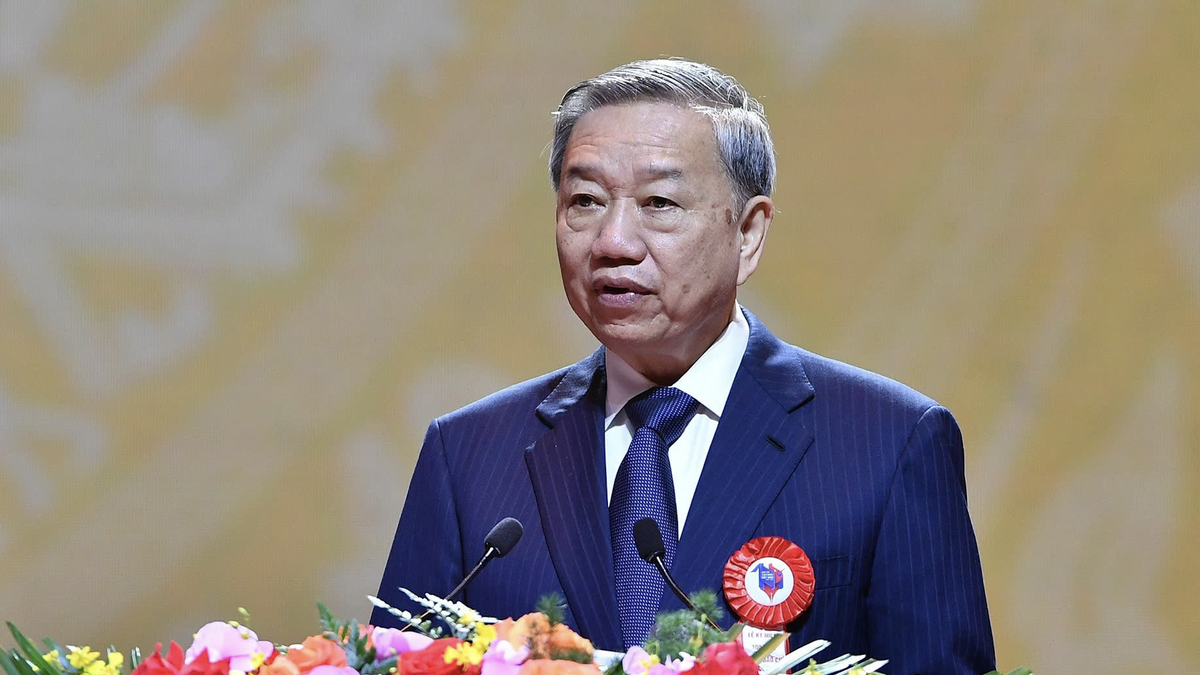













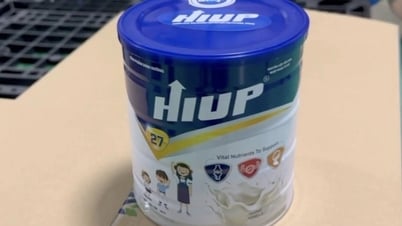


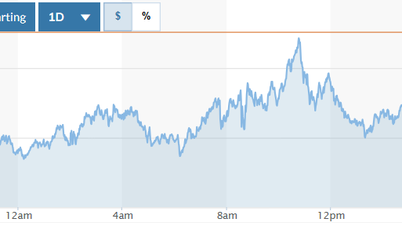
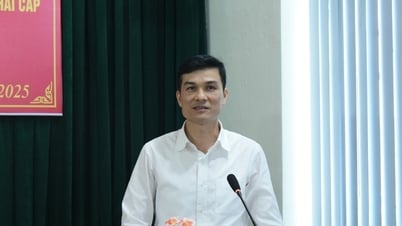










![[Photo] Central Propaganda and Mass Mobilization Department meets with exemplary journalists](https://vphoto.vietnam.vn/thumb/1200x675/vietnam/resource/IMAGE/2025/6/21/9509840458074c03a5831541450d39f8)



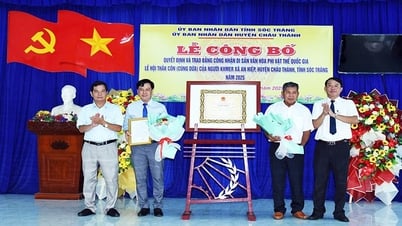










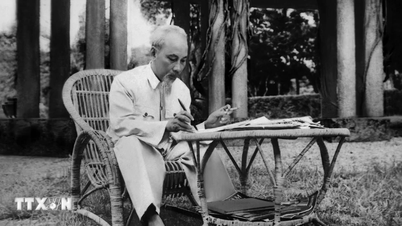






![[Maritime News] Wan Hai Lines invests $150 million to buy 48,000 containers](https://vphoto.vietnam.vn/thumb/402x226/vietnam/resource/IMAGE/2025/6/20/c945a62aff624b4bb5c25e67e9bcc1cb)


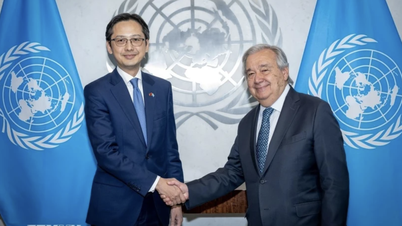






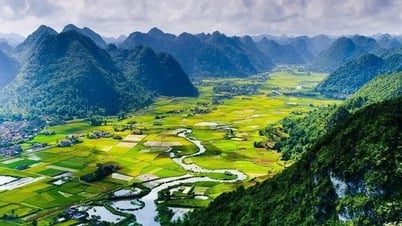









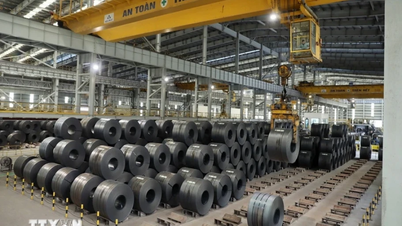
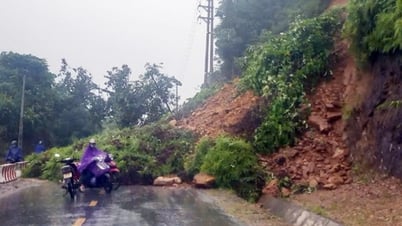














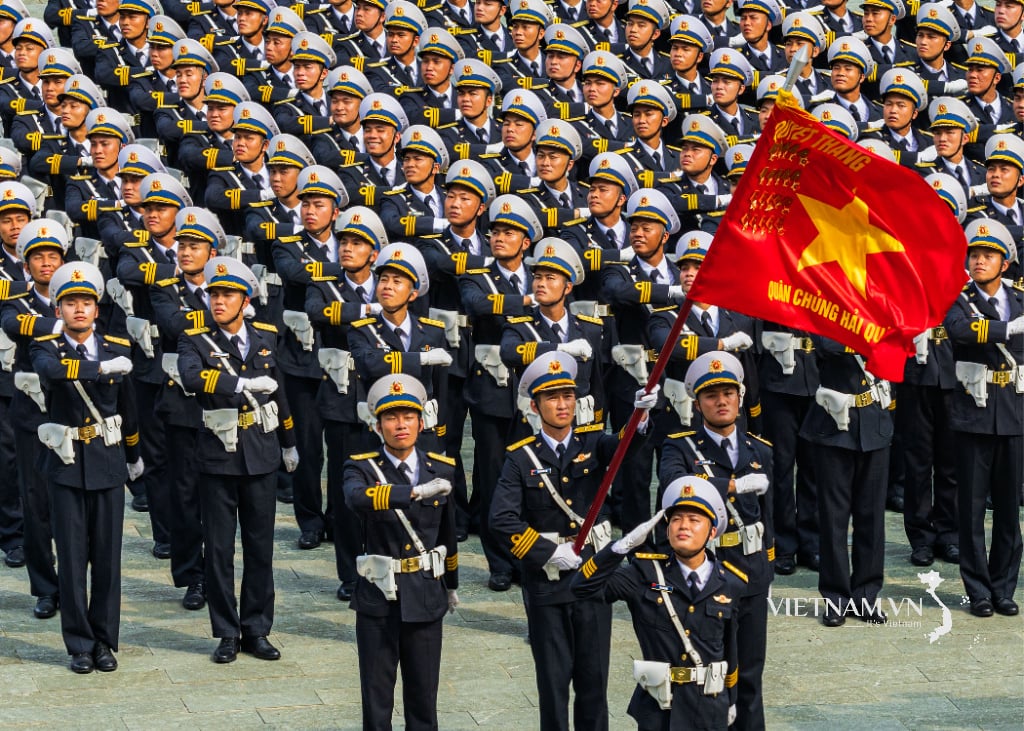
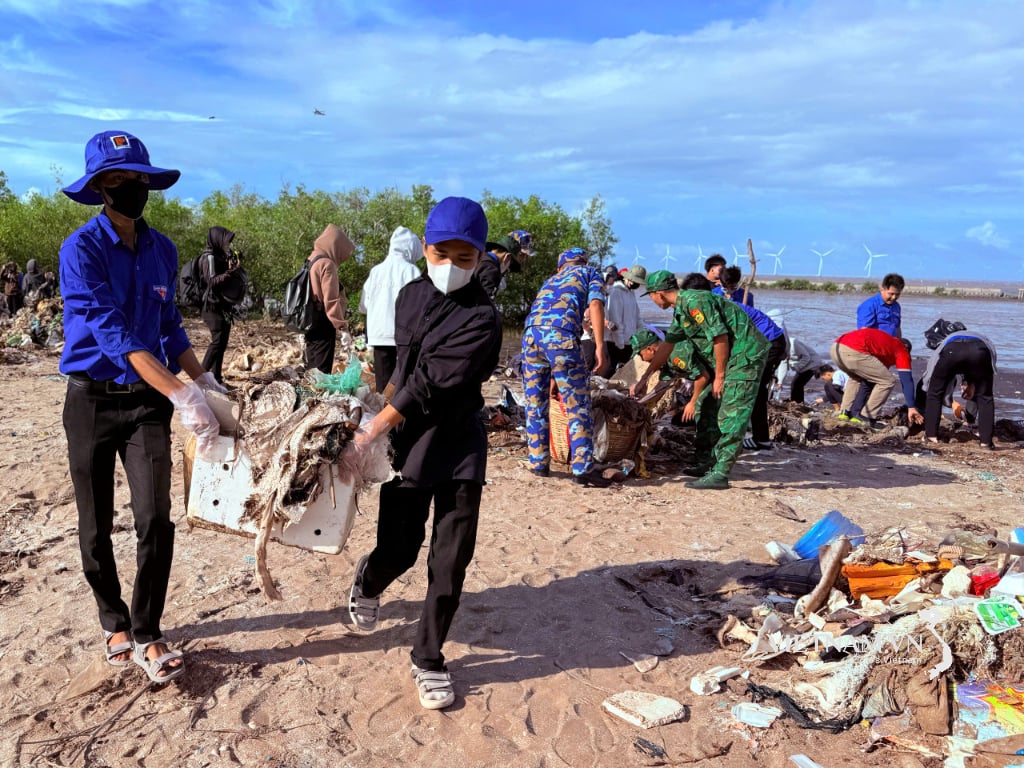
Comment (0)